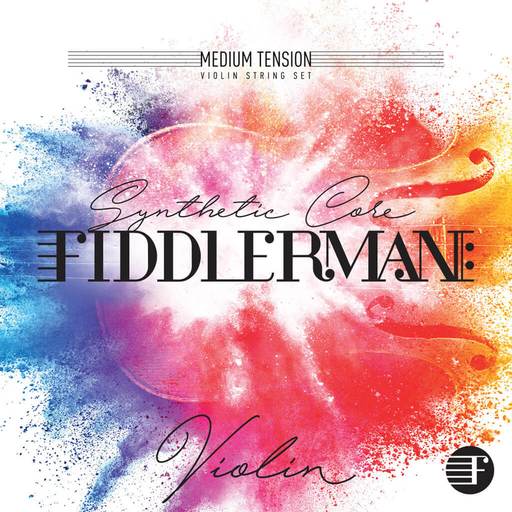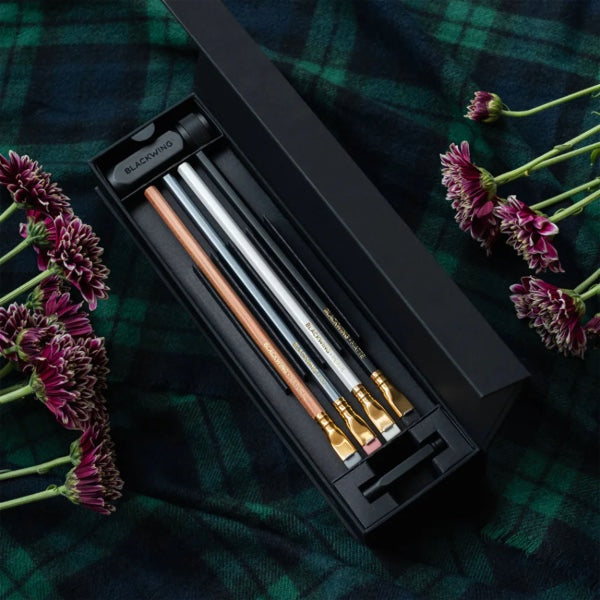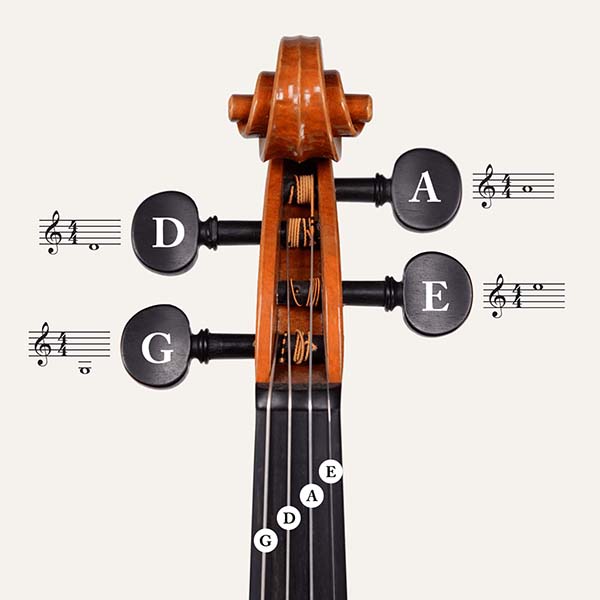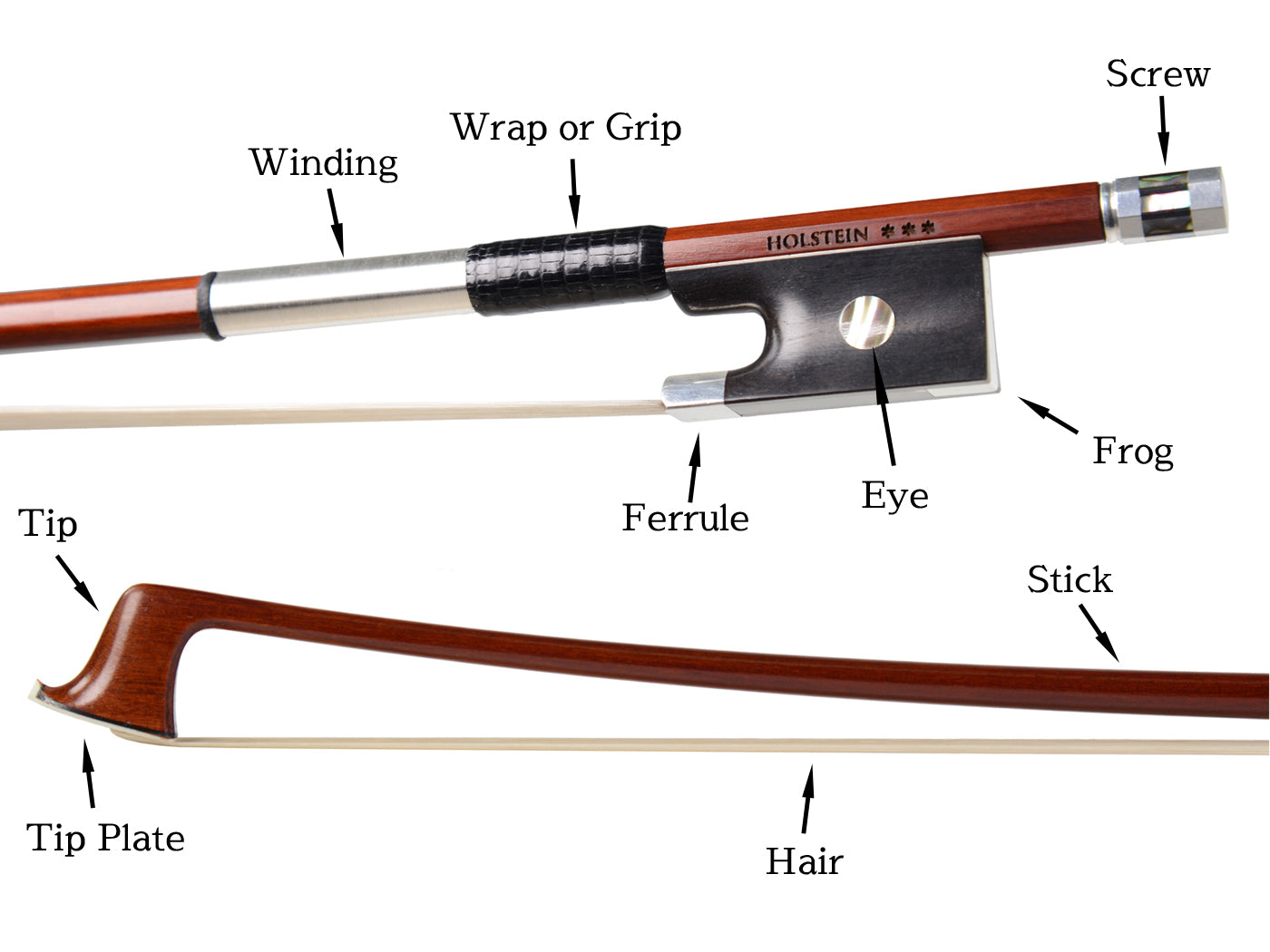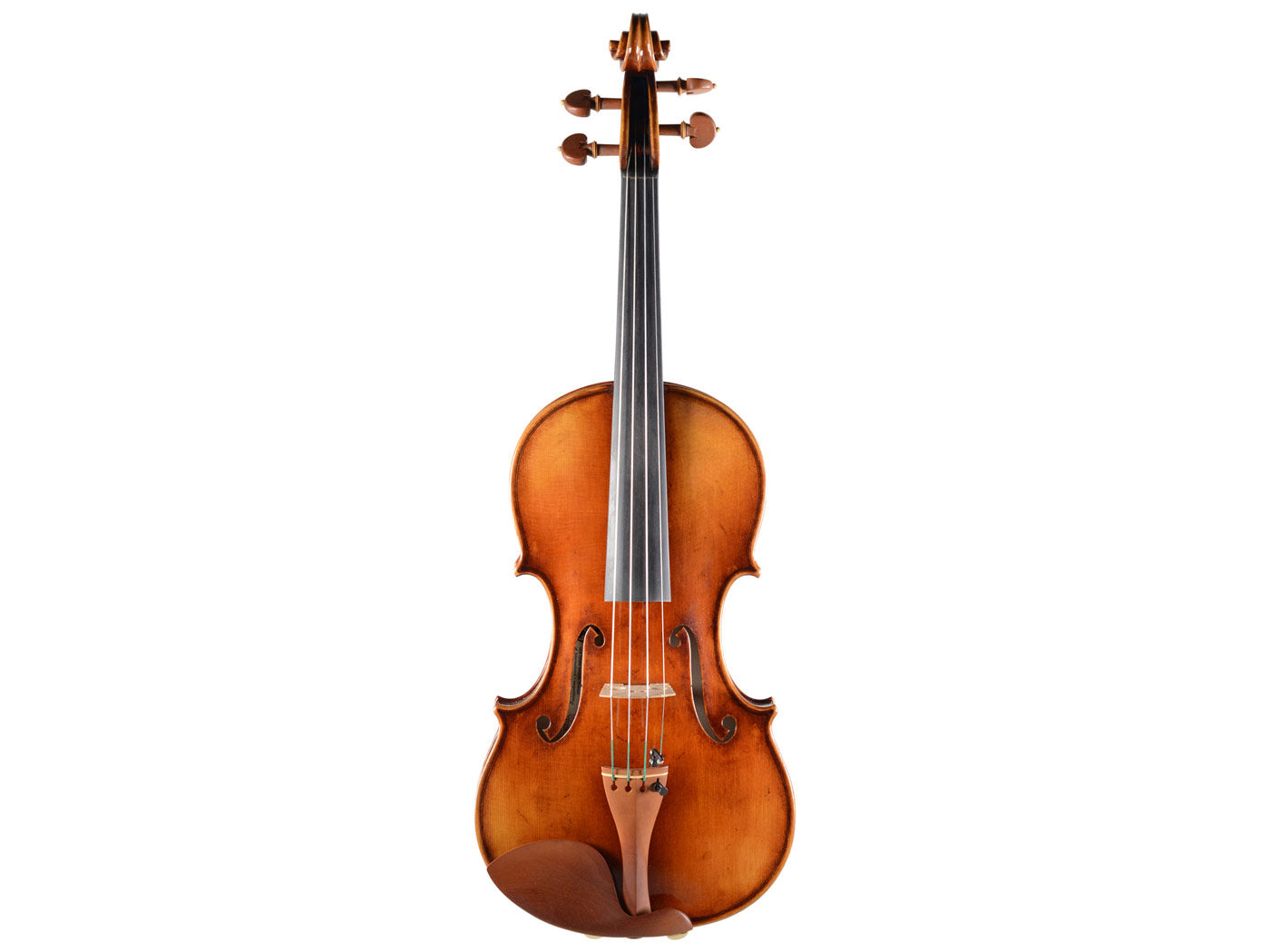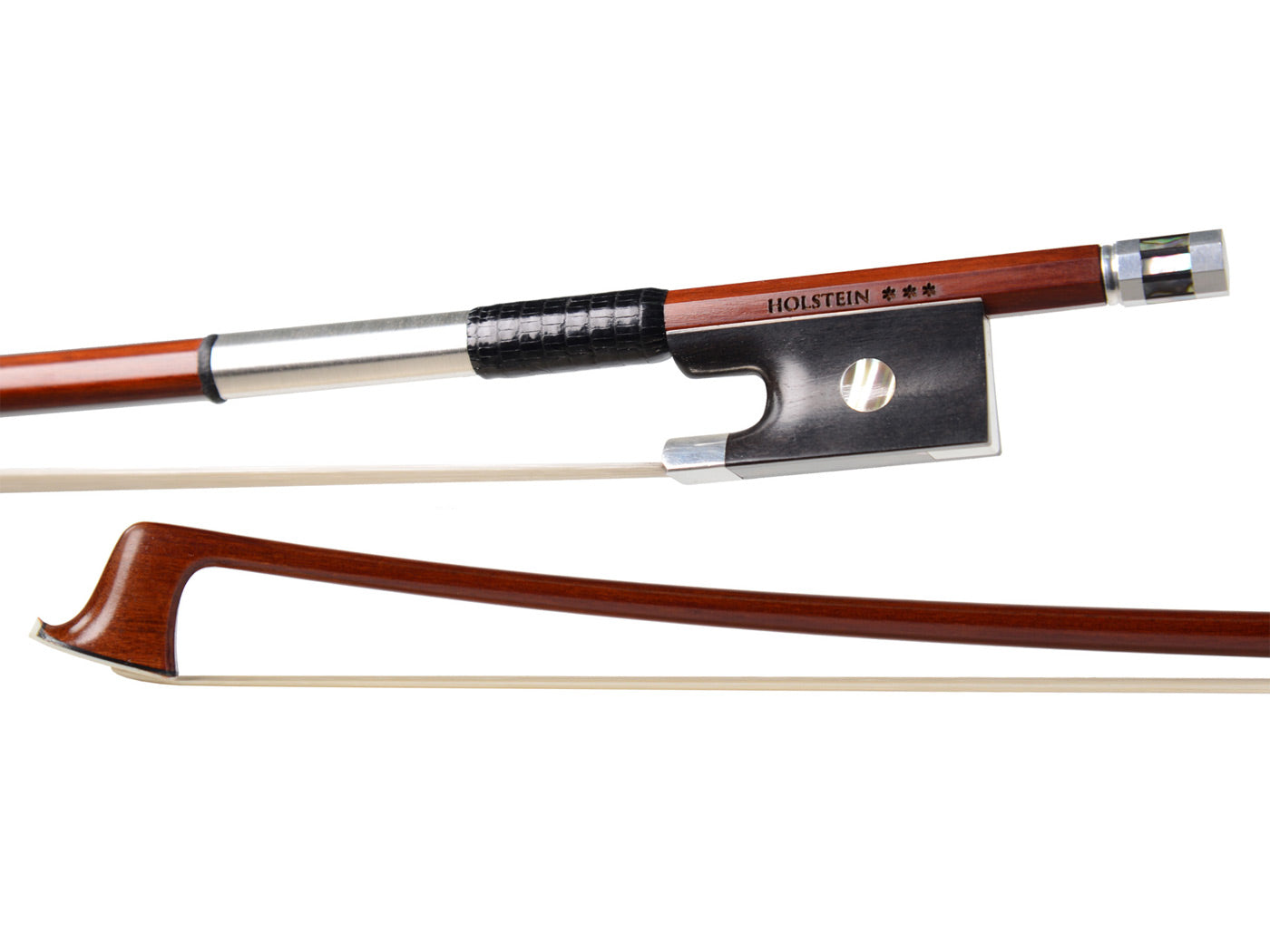 A good violin bow is just as important as a good violin. One does not work without the other; both influence the sound that is created, and both must be in good condition if the violinist wants to produce a beautiful tone.
A good violin bow is just as important as a good violin. One does not work without the other; both influence the sound that is created, and both must be in good condition if the violinist wants to produce a beautiful tone.
The Role of the Bow
The bow is the catalyst for the instrument’s sound. Moving the bow across the strings of an instrument (i.e., the violin) causes vibration, which is emitted as sound.
A Violin Bow’s Construction
A violin bow has 5 main parts:
- A specially shaped stick; for the best results, a bow stick should be bendy and supple, lightweight, and well balanced
- Hair; spanning almost the entire length of the bow and traditionally made of horsehair
- The frog; the hair is attached to the frog
- The screw; secures the frog to the stick, and is used to adjust the tension of the hair
- The wrap or grip; provides a textured surface for holding and controlling the bow

Stick Materials
Traditionally, wood was used to make the stick of the bow. With new technology, however, bow makers branched out into other materials. Currently, there are three main types of materials used for stick construction: Pernambuco wood, Brazil wood, and carbon fiber.
Pernambuco wood
A pernambuco bow is the gold standard of violin bows. It creates the best sound; it's extremely light and sufficiently springy, but it holds its shape. They are typically handcrafted, and If well-cared for, they are long-lasting. Some pernambuco bows used today were made around 300 years ago.
Sadly, this type of wood is increasingly scarce, which drives the market value to an all-time high. We recommend pernambuco bows for advanced and professional players.
Brazilwood
Brazilwood refers to the wood taken from various types of tropical trees from a number of different countries. Some bows made from brazilwood are of good quality; others are junk. The quality varies, and the only way to know is to examine and test the bow yourself. You want to look for a bow with a frog made out of ebony, rather than plastic; windings and fittings that are either leather or nickel silver (again, not plastic). A higher quality brazilwood bow is suitable for players at the intermediate level.
Fiberglass
Made of fiberglass with a plastic frog, these bows are perfect for newbies. They are affordable, but do not have the responsiveness more advanced students require in a bow. As you progress in your violin journey, you'll know when it's time to upgrade your instrument and bow.
Carbon Fiber
Carbon fiber bows are rapidly growing in popularity, due to the fact that the material is hardy and long-lasting, has very little reaction to humidity or temperature, and does not warp. Some of the highest quality carbon fiber bows have been compared to pernambuco bows. Regular carbon fiber bows have a better sound than those made of fiberglass and have a longer life span. Carbon fiber bows are great for intermediate players; depending on the quality, advanced students may want to try them out.


